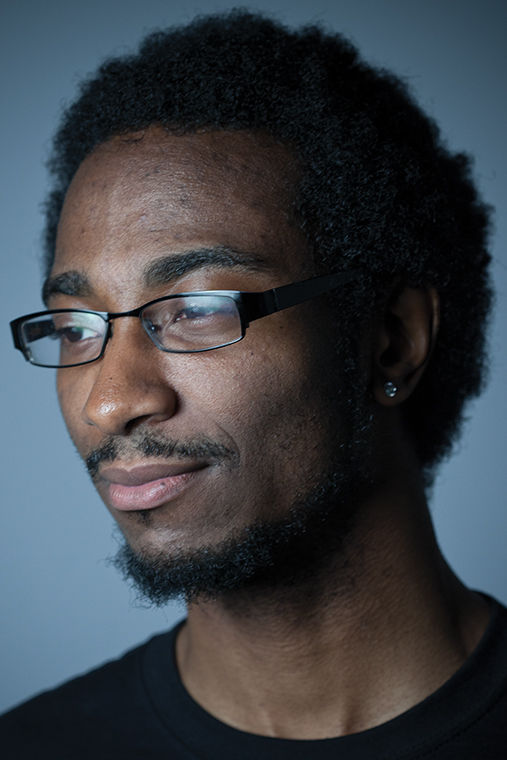Chicago poet writes about grotesque, beautiful struggle
Courtesy of Phillip B. Williams
Phillip B. Williams, author of “Thief in the Interior,” raises awareness about the violence black individuals face.
February 1, 2016
A decade before the specter of black deaths came into public conversation, poet Phillip B. Williams was already writing about it for his new collection of poems, “Thief in the Interior,” which was released in January 2016.
In February 2005, a 19-year-old bisexual black man in Brooklyn, New York was murdered and his body parts were later found separated and stashed in garbage bags.
This particular crime haunted Williams, a Chicago native, who felt compelled to write, “Thief in the Interior,” his new collection of poetry. The poems cover issues ranging from hate crimes to his father’s addiction struggles and murders like that of the young Brooklyn man Rashawn Brazell.
“I had to force myself as a writer and poet to look at things that make a lot of people uncomfortable,” Williams said.
Born in 1986 and raised in Humboldt Park, Williams experienced violence from an early age. Growing up in the 1990s, the War on Drugs was ending, but the violence was just beginning. He recalled a time when a white man—who was his sister’s age—was shot to death on the same block on which Williams lived.
“It was one of those pivotal moments [when] even though as a child I was outside playing, there would be violence almost every other week around the block or on the block,” Williams said.
Williams started writing poetry in first grade, but did not get serious about the craft until the end of high school. Soon after graduation, he was informed of the brutal death of Brazell through a friend on the blogging website Xanga.
Williams said he identified with Brazell because they were close in age and he felt a connection between him and people in his life. According to Williams, no one seemed to care about the crime, and news organizations were not covering it.
“It hurt that no one cared about this person who seemed to be a pretty cool guy, but was killed,” Williams said. “The media picks and chooses who is allowed to be the victim.”
“Thief in the Interior” is about finding the beauty in the grotesque, Williams said, but it is also about understanding how people are complicit in creating things that make them uncomfortable.
Nate Marshall, visiting assistant professor of creative writing at Wabash College, met Williams a few years ago through a mutual friend and became friends with him after Williams kept “badgering” Marshall to send a writing sample to the literary journal, Vinyl, which Williams edits. It turned out to be one of Marshall’s first published works.
“The thing that stands out to me when I think about his work, is that when I read his work it’s very meticulously crafted and very thoughtful,” Marshall said.
KMA Sullivan, publisher at YesYes books, met Williams five years ago and said working with him in the context of literature is an incredible experience.
“Phillip is constantly reading, writing, and reaching out to poets to bring them into conversations on language, art and their relationship to important issues of the day,” Sullivan said.
Regarding the release of his new book, Williams said he wants to focus on the book and have his readers think critically about real current events.
“I think that’s the best thing we can do—not with just the book, but with what’s happening—we have to be aware,” Williams said. “If there’s any point we feel overcome by the atrocities of the world, it’s OK to not look at that article or not go to that rally. Activism can be very draining. Awareness itself can be very draining, which is why so many people avoid it—but [do] not avoid it, just take it slowly.”








